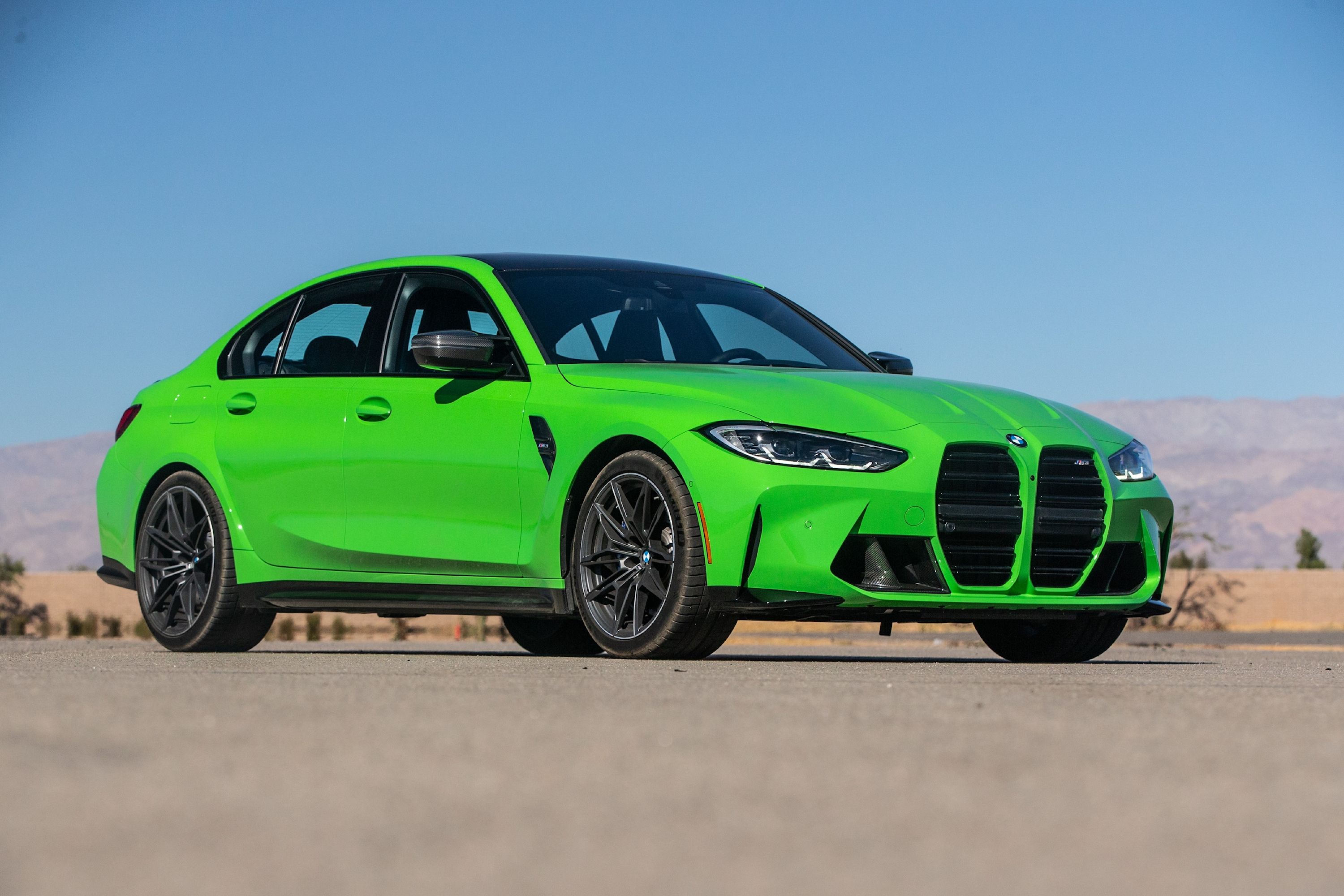With the release of the BMW M3 and its M4 coupe sibling, BMW thought it would be a good idea to also release videos explaining these systems work. In the past, we've been shown how the M modes work, been given a run-down on the cars' traction systems, and had the manual gearbox explained to us.
The latest episode from BMW M now covers the manual gearbox's nemesis, the eight-speed Steptronic automatic. It has the designation M8HP76, upgraded from the previous AG-denoted automatic. It is produced by ZF and is already in use in the M5 and M8. Now we see what makes it work in the M3 and M4.
The gearbox features something called a turbine torsional damper, which is the equivalent of the manual car's dual-mass flywheel. It has a whopping five clutches and four sets of planetary gears, giving the possibility of as many as 256 different gear ratios. Of course, that would be impractical, but it's impressive nonetheless.
Three shift elements on the 'box are always closed with two always open, and BMW M says that this minimizes drag torque, improves fuel economy, and negates excessive power loss. The result is fast, smooth gear changes - as fast as 150 milliseconds. The ratios are also very close, for enhanced performance and better noise suppression.
The new gearbox has better cooling and an enhanced oil supply system that the previous unit. There's more oil to maintain supply under high lateral forces, or during hard acceleration, and BMW M says that the gearbox will hold up very well on the racetrack.
But why did BMW M change from the dual-clutch system in the old car? For one thing, in theory, all the gears can be pre-selected in this auto, whereas just one could be with the DCT in the old M3 and M4. This means that the DCT is slightly quicker when the gearbox has the right expectation but gets confused when you change to a gear that it was not prepared for. The auto seems to be better in every way, then. But we'd still rather have the manual.

